We’re Certain of Content Shuffle in Uncertain Times
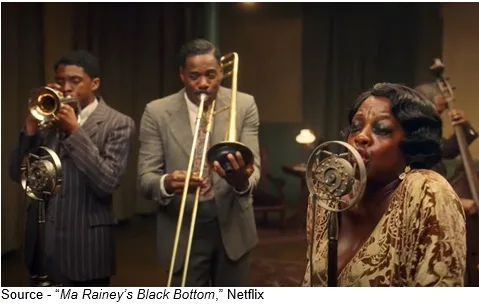
Early in the holiday season, we stumbled onto a news item in the online Maui News that said the Consolidated Theaters on Oahu had a helluva deal for a private showing of Wonder Woman 1984.
Each guest in the private screening will receive a free small popcorn. Up to 30 guests will be allowed, and friends and family must be seated by household, with no more than five guests per household within each individual grouping, according to a news release from Consolidated Theatres. Two additional seats will be left open on either side of each household group.
All we had to do is fly from CA to Oahu, quarantine for 10 days, see Gal Gadot save the world, fly home, quarantine for 10 days.
But jeezz, what a deal … a free small popcorn!
With $20M plus in North American ticket sales, the film will probably rack up $150+ globally. Not bad for a film that only cost $200M to produce.
 Warner said that “more than half” of HBO Max’s subscribers watched Patty Jenkins’ produced project.
Warner said that “more than half” of HBO Max’s subscribers watched Patty Jenkins’ produced project.
Warner was so excited they are already talking about the film’s next chapter, even though Jenkins and Gadot haven’t signed any contract yet.
Like Christopher Nolan’s $200M tentpole, Tenet; WW84 met with mixed reviews. But at least Tenet did a little better, grossing $57.9M in sales in the Americas, $362.6M globally and only losing an estimated $100M when you factor in the marketing costs.

Since the company was on a roll, phone guy CEO John Stankey (AT&T owns both Warner and HBO Max) figured what the heck, we’ll roll out the rest of the company’s 2021 slate (21 films) on HBO Max the same day the films hit the theater.
He called it a win-win-win proposition for everyone – the company, creative talent and the consumer.
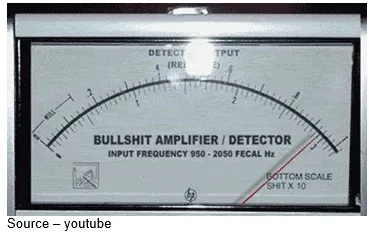 And he said it with a straight face!
And he said it with a straight face!
The problem was the discussion/decision was with Warner’s CEO Jason Kilar, his team and some publicists; not with the A-list producers, directors, actors and their agents who were really counting on those backend bonuses — the share of the gross based on film box office performance before the studio turns a profit.
You can sorta, kinda forgive Stankey, he’s a phone guy (nuff said) but Kilar, who came out of Amazon and Hulu, knew the pill wouldn’t go down well.
Sure, Warner could have sold the films to Disney+, Netflix, Amazon or Apple TV+ and gotten paid the films’ production budget, plus a fee ranging from 20-30 percent of that amount, plus an additional buyout to cover any backend bonuses.
But what good would that have done HBO Max?

Right!
Typically, streamers calculate the buyout with the assumption that the film would have been only a modest success in theaters.
With a film being sold to a streamer (especially your own), the bonus check becomes a moot point.
To show that the company knew how to lay things out for the entire M&E industry rather than just other communications folks, Disney’s Bob Chapek held a four-hour production shortly after the AT&T/Warner surprise announcement.
He laid out the Mouse House’s $16B plan to deliver eye-popping content for theater goers and streamers.
There were plenty of titles to show AMC, Cinemark, Cineplex, Regal, Wanda and everyone else that they were going to put content on table.
The entertainment powerhouse wasn’t shy about showing folks where they should turn first for their entertainment.
The Magic Kingdom’s Disney+ will be getting 10 new Star Wars shows, 10 new Marvel Studios shows, Pixar series, animated hits based on Pixar, animated hits and more that checked all of entertainment’s four quadrants.
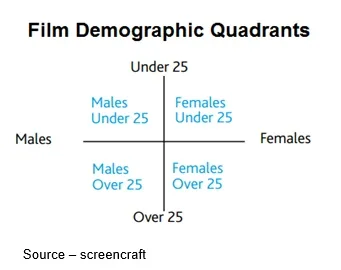
You know, the kind of stuff that touches all the buttons – humor, heroes/villains, emotion, touch of anger/danger, edgy G-ratings and enough surprises/twists to make you want more.
When you want the adult fare (but not too adult), Chapek rattled off the new content you could expect from 20th Century, Searchlight, FX and a growing list of Bollywood and foreign projects.
For the beleaguered sports fan, he alluded to a growing roster of live sports activities.
In other words, more than enough entertainment opportunities to not only add or keep Disney + but to step up to the total Disney bundle – Disney +, Hulu, ESPN +.
Oh yeah, and just enough of the thrilling new stuff was set aside for theater-first showing later this year or next or sometime to make certain people will still want to have date nights and enjoy movies the way they were created to be seen and with popcorn.
Of course, Warner and Disney aren’t the only studios in town. There’s also Universal, Paramount, Sony and major/secondary houses around the globe that are sitting on a huge stack of completed or started projects that were scheduled for theatrical release and then sold to streamers or Pay TV outlets but are in limbo.
Universal has already shown it can quickly respond as it did with the PVOD release of Trolls: World Tour that produced $100M in rentals after earning $153.7M for the first theatrical showing.
And it was more profitable for Universal that kept 80 percent of the rental fee vs. 50 percent of the box office results.
The move also cracked the 90-day theatrical window to 17 days with an agreement with AMC.
Still, don’t expect to get a choice to see Jurassic World: Dominion, F9, Candyman, Halloween Kills at home close to or at the same time they’re available on the big, big screen.
Most of the other studios, including Paramount and Sony, are looking at their projects on a case-by-case basis to maximize profits even in a gloomy period.
For example, Paramount has A Quiet Place 2, Top Gun: Maverick, MI 7 and a few others that will shift on the release calendar until they’re pretty sure they can maximize sales/profits.
Of course, projects like Coming 2 America, PAW Patrol, Clifford the Red Dog, Trial of the Chicago 7, Love and Monsters, Lovebirds and others have either moved to or are strong contenders for streaming services.
Similarly, Sony and other studios are in alternative discussions with streamers
The streamers who have to keep their line-ups fresh and full are also paying 20-30 percent above budget to give the studio some profit.
Depending on the license, streamers get exclusivity for the films for 5-10 years.
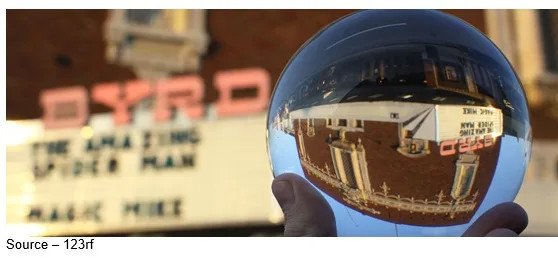
Admittedly, it’s a new, uncharted area because no studio head or theater owner knows if/when a film will get to theaters or how well it will do if it is shown on the giant screen in the next year … or two.
The folks who have been pushing the hardest for studio/streamer deals have been the agents for the industry’s creative folks.
They’ve already burned through their initial contract commissions expecting an added financial bump when the film hit the big screen and then prepared to go to streaming or Pay TV.
You know … hey, we’re just looking out for you.

Okay, that may be one reason but the true bottom-line is that streaming platforms (PVOD, SVOD, AVOD) are growing in number and consumer interest around the globe.
The pandemic doesn’t deserve the credit for all of the home entertainment phenomenon, but it did accelerate its acceptance as the new norm around the globe.
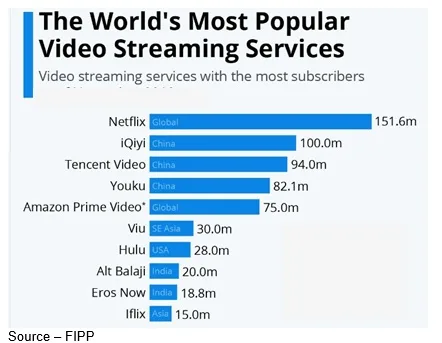
SVOD revenue is projected to reach $71,237M this year and top $108,306M by 2025.
User penetration is expected to be 14.3 percent this year with average user revenue is expected to grow to $66.29.
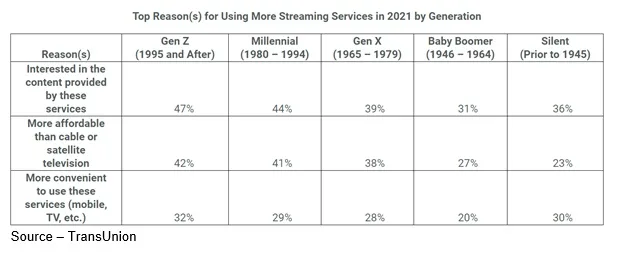
While it is true that the streaming growth and demand combined with questionable theatrical results have stimulated some agents to encourage studios and streamers to sit down at the bargaining table, many are also interested in keeping their clients relevant – in front of consumers, streamers and studios – so they can get more work.
But the truth is the agent can’t do much but cheer from the sideline when the discussions between the studio and streamer dance their dance.
It’s important to keep in mind that producers want to produce, directors want to direct, actors want to act, post people want to post and consumers want to be entertained.
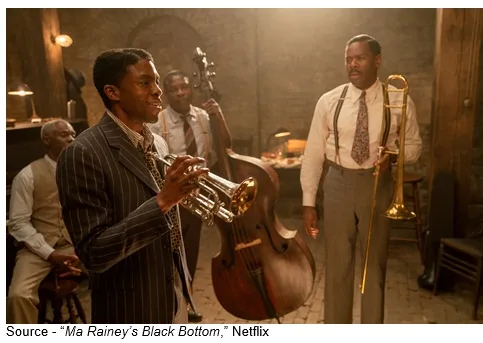 It’s all part of the new M&E industry.
It’s all part of the new M&E industry.
It’s not good … not bad … just different.
Or, as Levee said in Ma Rainey’s Black Bottom, “What the hell I care about some bad luck? Hell, I eat it every day for breakfast. You dumber than I thought you was talkin’ about ‘bad luck.’”
And if we’re real lucky, we’ll get some free popcorn along the way … a small box!
# # #
Andy Marken – [email protected] – is an author of more than 700 articles on management, marketing, communications, industry trends in media & entertainment, consumer electronics, software and applications. Internationally recognized marketing/communications consultant with a broad range of technical and industry expertise especially in storage, storage management and film/video production fields. Extended range of relationships with business, industry trade press, online media and industry analysts/consultants.